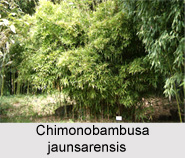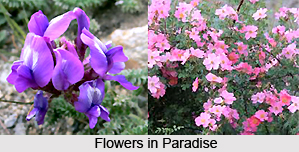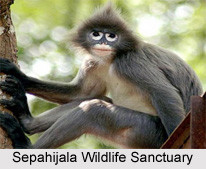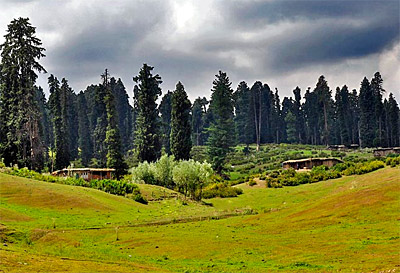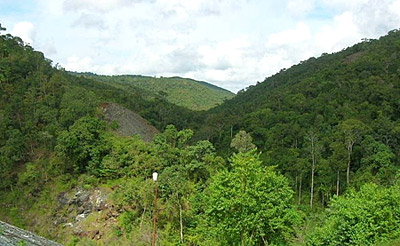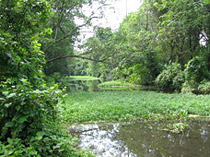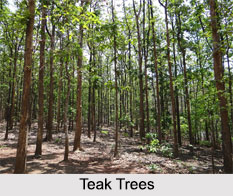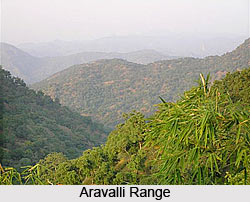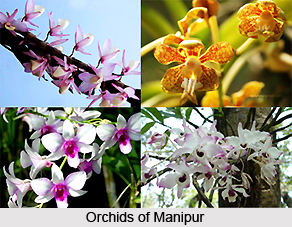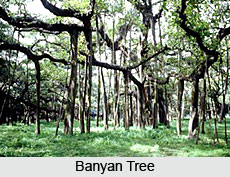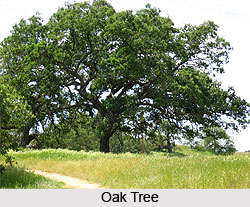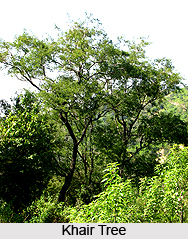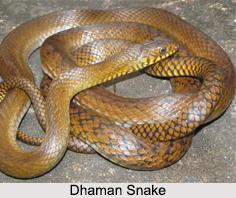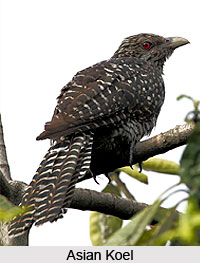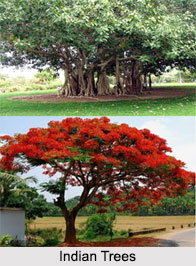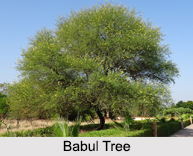 Asheta is a single-stemmed, erect and unarmed shrub which is found in the tropical and subtropical regions of India. The Botanical name of Asheta is Solanum erianthum. Some of the other names by which this Indian plant is called are Kadu-Sonde, Kallarthi, Kadusindhe, Sonde and Savudangi in Kannada, Kutri in Marathi, Gandira, Priyamkari, Pathi and Vidari in Sanskrit language, Budama and Rasagadi in Telugu, Chundai, Erichunta, Chunta and Malanjunta in Malayalam, Kalamewa, Ola, Kharawine and Tiari in Punjabi, Anai Chundai, Malaichundai, Chundai and Sundai in Tamil and Ola in Urdu.
Asheta is a single-stemmed, erect and unarmed shrub which is found in the tropical and subtropical regions of India. The Botanical name of Asheta is Solanum erianthum. Some of the other names by which this Indian plant is called are Kadu-Sonde, Kallarthi, Kadusindhe, Sonde and Savudangi in Kannada, Kutri in Marathi, Gandira, Priyamkari, Pathi and Vidari in Sanskrit language, Budama and Rasagadi in Telugu, Chundai, Erichunta, Chunta and Malanjunta in Malayalam, Kalamewa, Ola, Kharawine and Tiari in Punjabi, Anai Chundai, Malaichundai, Chundai and Sundai in Tamil and Ola in Urdu.
Asheta is an erect, unarmed and single-stemmed shrub which grows to a height of 2 to 6 meters with a widely spreading crown and bifurcating branches and branchlets. The older barks of this shrub are grey in colour and the younger stems are densely covered with pale yellowish or grey stellate hairs. The leaves of Asheta are usually clustered towards the ends of branchlets, elliptic-lanceolate, 10 to 20 centimetres long and 5 to 15 centimeters wide, apex acuminate, base acute, margins entire, dark green above, paler beneath, stellate-pubescent on both surfaces. The main nerves are about 8 pairs and the petioles are 2 to 3.8 centimetres long. Flowers of this plant are numerous, in woolly dichotomous corymbose cymes. The peduncles are stout and about 2.5 to 10 centimetres long. The pedicels are 3 to 10 millimetres long and stout. The calyx is 6 millimetres long, cup-shaped, densely woolly, teeth 2.5 millimetres long, broadly deltoid and acute. The corolla is white and is about 1.3 centimetres long, deeply divided, with lobes 8 millimeters long, elliptic-lanceolate, acute, stellately hairy outside. Fruits (berries) of Asheta are 8 millimeters in diameter, globose, yellow when ripe, and covered with small stellate hairs. The seeds are 1.5 millimeters in diameter and are slightly rugose.
Asheta occurs abundantly throughout the subtropical and tropical parts of India and the Andaman Islands. This plant is also cultivated in South India for its fruits, which are eaten in curries. A decoction of the root of this plant is used to treat body pains, vertigo and urinary troubles. Leaves of Asheta are given to women suffering from vaginal discharge. In Unani medicine in India, the dried plant is ground with warm water and applied externally to relieve inflammation and burns.
